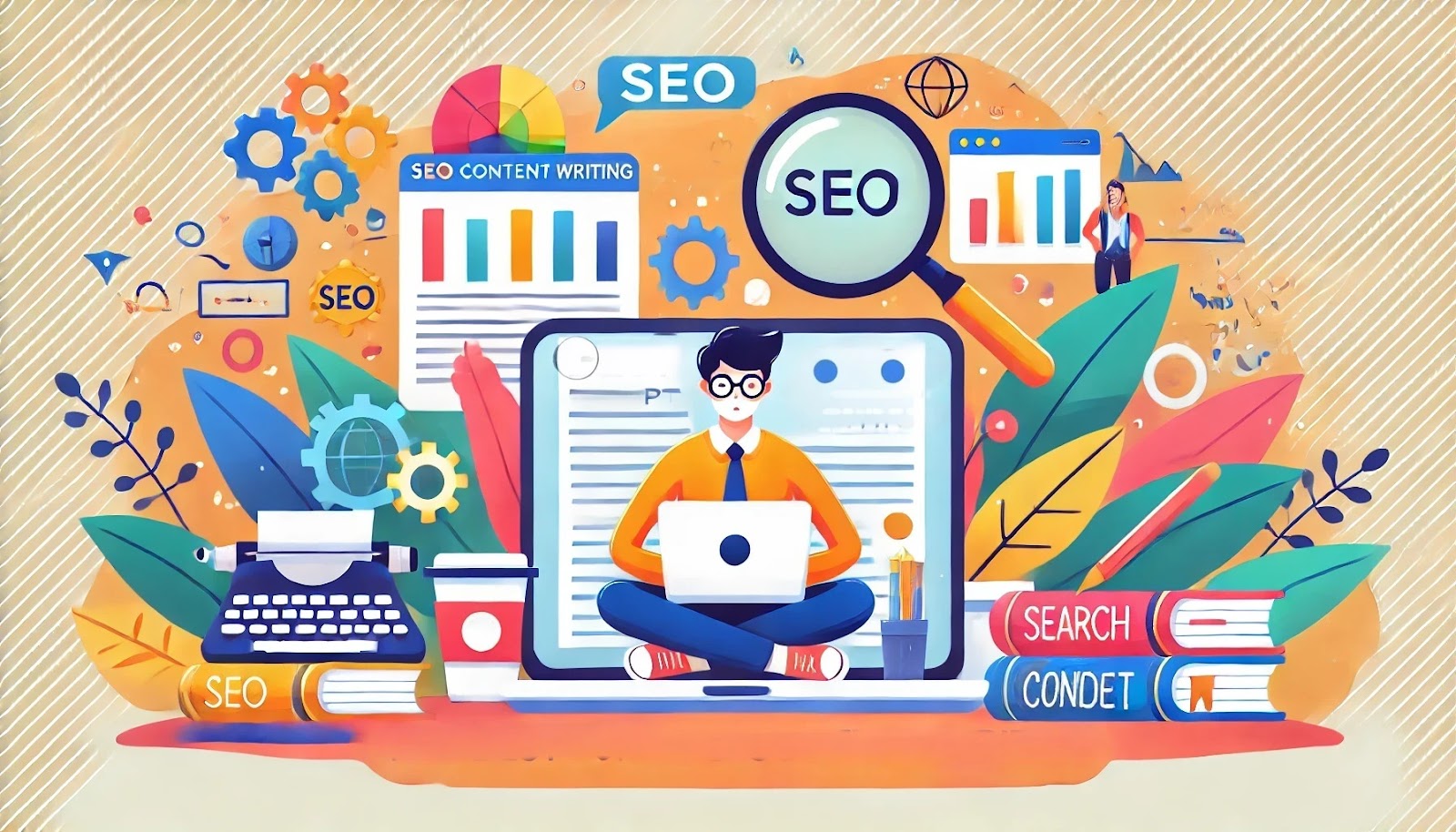Proper Heading Hierarchy
Proper Heading Hierarchy
KWHero Team
SEO Experts
Proper Heading Hierarchy
How to Utilize the Correct Heading Hierarchy for Your Content
If your readers are bouncing off your webpage without reading your content, the problem could be your heading hierarchy.
Think of headings as the building blocks of your webpage—they help you organize your content and guide your reader's journey.
Here's a breakdown of the most commonly used heading tags and their purpose:
H1 – The King of Headings
The H1 tag is typically used for the main heading of a page or article. It's the first thing readers see and sets the tone for the rest of the content.
This heading should be clear, short, and related to what the page is about as a whole.
Think of it like the title of a book: it should grab the reader's attention and give them a clear idea of what to expect.
H2 – The Supporting Actor
H2 tags are used to break up the main sections of your content. They are like chapter titles that help readers understand the structure of your page.
Use H2 tags: to introduce new topics and ideas and to give readers a sense of what's coming next.
H3 – The Subheading
H3 tags help break down H2 sections into smaller sub-topics. They help readers quickly scan and navigate the content, making it more accessible and user-friendly.
**Use H3 tags: **to highlight key points or to create a visual hierarchy within your content.
H4 – The Supporting Cast
H4 tags are less commonly used but can help break down H3 subtopics even further. Think of them like subheadings for subheadings, providing even more structure and organization to your content.
Use H4 tags sparingly and only when necessary.
Avoid Overusing Heading Tags
Headings are like street signs that guide users through your content.
And while they’re an excellent tool for organizing content and improving the user experience, it's important to use them wisely. Overusing headings can do more harm than good, as it makes your content appear disorganized and confusing.
To ensure your headings are effective, use them sparingly and only when necessary. Break up long blocks of text with headings to create a more readable format, but avoid using too many as they can disrupt the flow of the content.
Overusing headings can also damage your search engine rankings. Search engines may penalize websites that use headings excessively, as it can be viewed as a manipulative tactic.
Why is Content Hierarchy Important?
Imagine you're at a fancy restaurant, and the chef comes out with your main course before you've even finished your appetizer.
You'd be confused and overwhelmed, right?
The same goes for content on a webpage. If the most critical information is buried beneath a sea of supporting details, users will likely lose interest and move on to another site.
That's why content hierarchy is important. By organizing content in a logical and structured manner, readers can easily find what they're looking for, leading to a better user experience.
But it's not just about the user experience. Search engines also prefer well-organized content, as it indicates a higher quality of information. When search engines can easily understand the hierarchy of information on a page, they are more likely to rank it higher in search results.
Top 3 Tips for Using an Effective Heading Hierarchy
Are your headings falling flat and failing to capture your readers' attention? Fear not, we've got some tips and best practices to help you create a winning heading hierarchy that'll keep your readers hooked.
-
**Keep it descriptive and concise. **Long-winded headings are a no-go. Instead, keep it short, sweet, and to the point. Your readers will thank you.
-
Mix it up and avoid repetition. If you're using the same words in every heading, you're not doing yourself any favors. Get creative, use synonyms, and mix it up to keep your readers engaged.
-
**Make sure your headings accurately reflect the content of the section. **Nothing's worse than a misleading heading that doesn't deliver. It's like ordering a deluxe pizza with all the toppings, only to receive a plain cheese pizza. Disappointing, right?
By following these tips, you'll be on your way to creating an effective heading hierarchy that keeps readers engaged and informed.
By using headings to organize information, you can help readers easily navigate the page, leading to a better user experience and improved retention. And since search engines also prefer well-structured content, you’ll get a double win with higher rankings!
Remember to use the appropriate heading tags, use headings sparingly and effectively, and create a logical content hierarchy. By implementing these guidelines, you'll be well on your way to optimizing your content for SEO.
Related Articles

Best ChatGPT Prompts for Improving Your Writing
Using ChatGPT can significantly enhance the quality of your writing by helping to detect and correct errors, simplify content, optimize for SEO, ensure factual accuracy, and eliminate unnecessary fluff. We’ve compiled some effective prompts for each aspect of writing. Prompts for Detecting and Correcting Grammatical Errors Here’s a list of prompts you can use to …

Best ChatGPT Prompts for Summarizing Articles
Picture this — you have to audit a site’s content to decide what goes, what stays and what should be reworked. But, there’s hundreds of articles there and it’s nearly impossible for you to cover them all in record time. This is just one of the many scenarios where you’ll need summaries to get you …

Best ChatGPT Prompts for SEO Content Writing
Leveraging SEO effectively in your content writing is essential for boosting your website’s visibility and ranking. This guide provides you with the best ChatGPT prompts to enhance various stages of the SEO content writing process, from keyword research to content optimization. Best Prompts for Keyword Research Keyword research is crucial in SEO, and ChatGPT can …